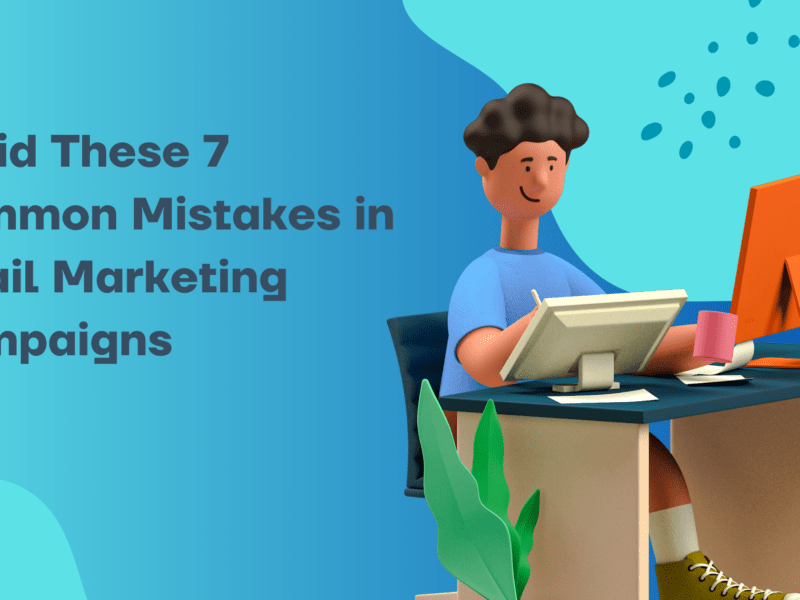Technical SEO forms the foundation of your website’s search engine optimization strategy. It involves optimizing your website’s infrastructure, coding, and server configuration to improve its visibility and performance in search engine results. However, various factors can hinder your technical SEO efforts, potentially leading to decreased rankings and organic traffic. In this guide, we’ll explore 10 common factors that could harm your technical SEO and provide actionable solutions to address them effectively.
1. Slow Page Loading Speed
Slow loading times can frustrate users and negatively impact your website’s search engine rankings. Factors such as large image files, excessive scripts, and server issues can contribute to slow page loading speeds.
Solution: Optimize your website’s performance by minimizing image file sizes, reducing HTTP requests, leveraging browser caching, and utilizing content delivery networks (CDNs) to distribute content more efficiently.
2. Mobile Usability Issues
With the majority of internet traffic coming from mobile devices, ensuring a seamless mobile experience is essential for SEO success. Mobile usability issues such as unresponsive design, tiny text, and clickable elements too close together can harm your website’s rankings.
Solution: Adopt a responsive design approach to ensure your website adapts seamlessly to different screen sizes and devices. Test your website across various mobile devices and use Google’s Mobile-Friendly Test tool to identify and fix any usability issues.
3. Broken Links and Redirects
Broken links and redirects not only disrupt the user experience but also signal to search engines that your website may be outdated or poorly maintained. Broken internal links, outdated external links, and redirect chains can negatively impact your website’s crawlability and indexation.
Solution: Regularly audit your website for broken links and redirects using tools like Screaming Frog or Google Search Console. Fix broken links by updating URLs or removing obsolete content, and ensure redirects are implemented correctly to maintain link equity.
4. Duplicate Content
Duplicate content issues can arise when identical or similar content appears on multiple pages within your website or across different domains. Search engines may struggle to determine the original source of the content, leading to diluted rankings and potential penalties.
Solution: Consolidate duplicate content by using canonical tags to specify the preferred version of a page or implementing 301 redirects to redirect duplicate URLs to the canonical URL. Additionally, avoid scraping content from other websites and prioritize creating unique, valuable content.
5. Missing or Incorrect XML Sitemaps
XML sitemaps play a crucial role in guiding search engine crawlers to discover and index your website’s pages effectively. However, missing or incorrect XML sitemaps can hinder the crawling and indexing process, leading to decreased visibility in search results.
Solution: Generate an XML sitemap that accurately reflects your website’s structure and content using tools like Yoast SEO or Google XML Sitemaps. Verify the integrity of your XML sitemap regularly and submit it to search engines via Google Search Console or Bing Webmaster Tools.
6. Inadequate SSL/HTTPS Implementation
With Google prioritizing secure websites in search results, implementing SSL/HTTPS encryption has become essential for SEO. Websites without SSL certificates may be flagged as insecure by browsers, leading to decreased trust and rankings.
Solution: Install an SSL certificate on your website to encrypt data transmission between the user’s browser and your server. Ensure that all internal links and resources are updated to use HTTPS URLs to avoid mixed content warnings.
7. Poor Website Structure and Navigation
A clear and intuitive website structure is critical for both user experience and search engine crawlers. Complex navigation, shallow content hierarchy, and orphaned pages can hinder crawlability and make it challenging for users to find relevant information.
Solution: Streamline your website’s structure by organizing content into logical categories and subcategories. Implement internal linking strategies to connect related pages and ensure that every page is accessible within a few clicks from the homepage.
8. Thin or Low-Quality Content
Low-quality or thin content provides little value to users and may be viewed unfavorably by search engines. Pages with sparse content, keyword stuffing, or excessive advertisements may struggle to rank well in search results.
Solution: Conduct a content audit to identify pages with thin or low-quality content, and either improve, consolidate, or remove them as necessary. Focus on creating high-quality, informative content that addresses user intent and provides value to your audience.
9. Structured Data Markup Errors
Structured data markup, also known as schema markup, provides search engines with additional context about your website’s content, enabling rich snippets and enhanced search results. However, errors in structured data markup can prevent search engines from properly interpreting and displaying your content.
Solution: Validate your structured data markup using Google’s Structured Data Testing Tool or Schema Markup Validator. Correct any errors or warnings, and ensure that your markup accurately represents the content on your website.
10. Server Issues and Downtime
Server issues and downtime can disrupt search engine crawlers’ ability to access and index your website, resulting in decreased visibility and potential drops in rankings. Common server issues include slow response times, 5xx server errors, and frequent downtime.
Solution: Monitor your website’s server health and performance using tools like Pingdom or UptimeRobot. Address any server issues promptly, optimize server configurations for performance, and consider using reliable hosting providers with robust uptime guarantees.
Conclusion
Effective technical SEO is essential for maximizing your website’s visibility and performance in search engine results. By identifying and addressing common factors that could harm your technical SEO, such as slow loading speeds, mobile usability issues, broken links, and duplicate content, you can improve your website’s crawlability, indexation, and overall SEO health. Implement the solutions outlined in this guide to ensure that your website remains optimized for search engines and delivers a seamless user experience to your audience.


